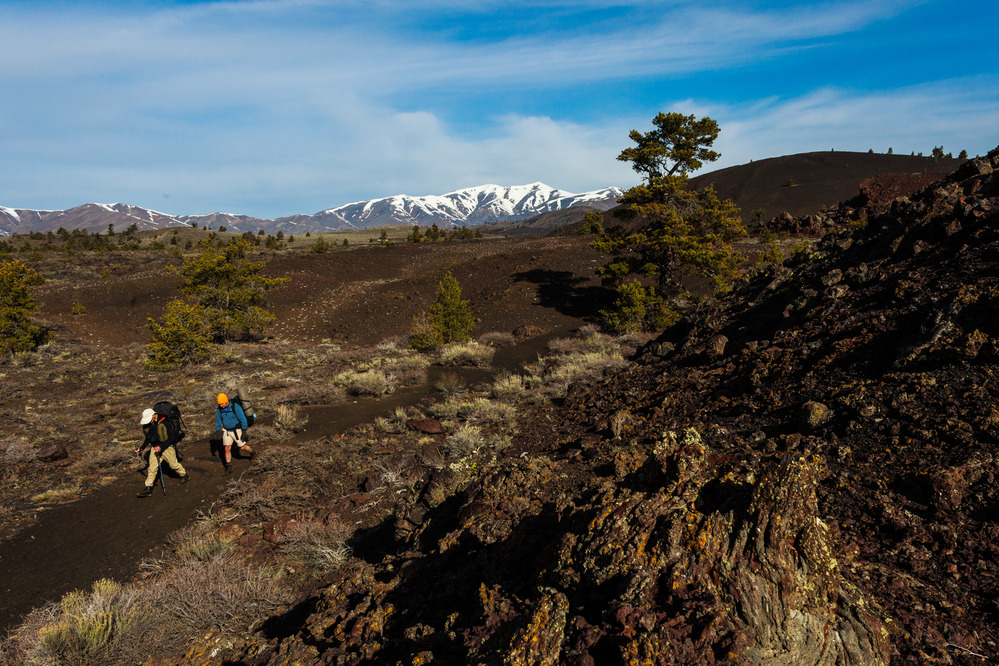There is a forgotten boot-shaped state in the Mountain West region of the United States, boasting a diversity of topography and wildlife virtually unparalleled in the continental U.S. It has arid desert, slush, heaven-high mountains, and a smile-cutting river across the southern part of the state, providing some of the most fertile farmland in the country.
Its citizens are as diverse in thought and history as the land, with a wide range of backgrounds, political views, and ways of living. With all of this packed into one state’s borders, it’s a good thing it’s the 14th largest in the nation.
It has a potato named after it, but it is nicknamed the “Gem State” due to its abundance of more than 72 precious or semi-precious stones found within its borders.
Some readers may still be pondering which state all of these facts refer to. Perhaps that’s why it feels almost forgotten, even with all that it has to offer.
The gems, mountains, massive Snake River, the mosaic of citizenry, and potatoes all belong to Idaho! Long part of the Oregon territory of the mid-19th century, it was officially admitted into the Union on July 3, 1890, becoming the 43rd state. Idaho’s history is nearly as long and storied as the continent it sits on.
Its two National Monuments preserve some of the most ancient history in America, some even dating back millions of years. Read on to learn more about these spectacular sites.
Craters of the Moon National Monument and Preserve: Often described as a “geological wonderland,” this National Monument is as unique as it is visit-worthy! The central feature is the 52-mile-long fissure in the Earth’s crust that is still a remarkably well-preserved volcanic region. The landscape was formed some 15,000 years ago with a volcanic eruption — still active to this day — and makes for one of the more singular topographical oddities in the American West. Visitors will find some of the most interesting and challenging hiking, cross-country skiing, and backcountry travel at the monument. Camping, stargazing, and off-roading are other popular activities at this truly “other-worldly” destination.
Photo Courtesy NPS
Hagerman Fossil Beds National Monument: Visitors can go even farther back in time at this monument — more than 3 million years! The Hagerman Fossil Beds preserve one of the world’s most abundant spots of Pliocene-era fossil beds, giving archeologists an astonishingly accurate glimpse into what life was like 3 to 4 million years ago during the Pliocene Age. The fossils represent hundreds of ancient species, some of which were forbears of species today and were unlike anything walking the Earth now. The site is most famous for having the world’s largest number of fossils of equus simplicidens, or simply the “Hagerman Horse.” Today, visitors can explore the exhibits, walk the grounds, go birding, or hike the Emigrant Trail. There is something for everyone at this incredible site!
Photo Courtesy NPS





